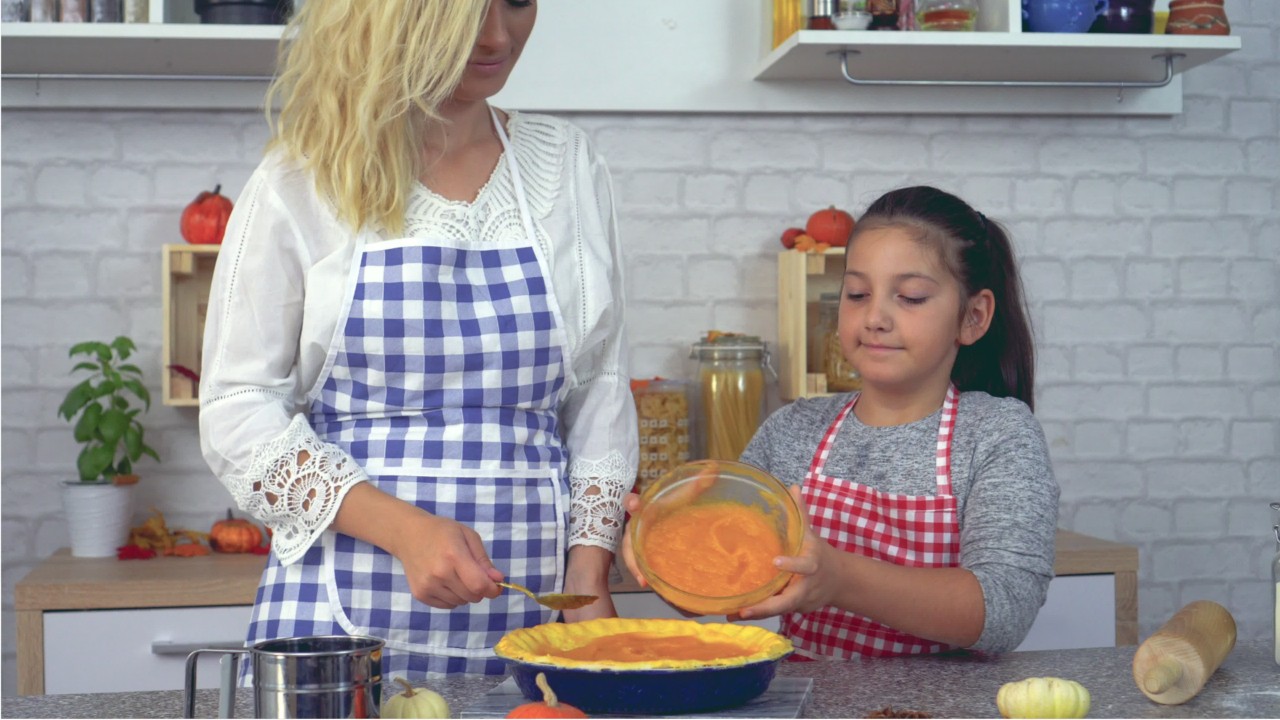A quarter of Americans aren’t washing their hands while cooking, survey finds

More than a quarter of Americans don't wash their hands enough while cooking, survey finds
In an observational study conducted by the USDA's Food Safety and Inspection Service, participants were asked to cook in a test kitchen while researchers analyzed their food safety practices. People failed to successfully wash their hands 97 percent of the times they should have.
WASHINGTON - Many Americans are dreaming about full plates and second helpings as Thanksgiving draws ever nearer, but one in three Americans is worried about getting food poisoning from someone else’s poor kitchen hygiene, according to a survey from the Water Quality and Health Council.
Though many respondents reported washing their hands before and after preparing a meal, 26 percent admitted that they do not wash their hands throughout the food preparation process.
Food safety experts say that this can lead to illness because of the likelihood of cross-contamination.
“Most recipes are written in a way that assumes that home cooks know how to safely handle raw products, including produce, poultry, fish, and meat – but research has proven that many aren’t savvy about food safety,” said Linda F. Golodner, president emeritus of the National Consumers League and vice-chair of the Water Quality & Health Council.
The USDA’s Food Safety and Inspection Service (FSIS) completed an observational study of about 2,000 participants who were asked to cook in a test kitchen while researchers analyzed their food safety practices, which revealed just how little many people know about proper hand-washing practices during food preparation.
The study revealed that people failed to successfully wash their hands 97 percent of the times they should have to control possible bacteria transfer. Nearly half (48 percent) of all participants cross-contaminated spice containers due to a lack of handwashing, and five percent of participants transferred bacteria to salad they had prepared and would have immediately served if cooking at home.
For proper food safety, hands should be washed after preparing or handling raw food such as poultry or other meats and seafood, switching food preparation tasks, handling egg products, using your phone, touching your hair, using the restroom or handling garbage or dirty dishes, according to the Academy of Nutrition and Dietetics.
“Recipes found on our favorite sites, magazines, and social media rarely include basic food preparation tips, like when to wash your hands, how to properly clean fruits and vegetables, or how to safely store or wash raw food,” said Edgar Chambers IV, Ph.D., consumer behavior expert at Kansas State University. “Research has shown that simple modifications to recipes, such as including the Safe Recipe Style Guide icons, greatly improves food safety practices.”
The Water Quality & Health Council is implementing the Plate It Safe campaign this holiday season to help provide proper safe food-handling guidelines. As part of the campaign, the organization has compiled a list of holiday recipes that include food safety tips from popular food influencers and publishers who have joined the Plate It Safe campaign.
Nearly a quarter of all Americans (22 percent) report having previously gotten food poisoning from a holiday meal — to ensure it doesn’t happen to your loved ones this Thanksgiving, make sure all helping hands are kept clean.
This story was reported from Los Angeles.

